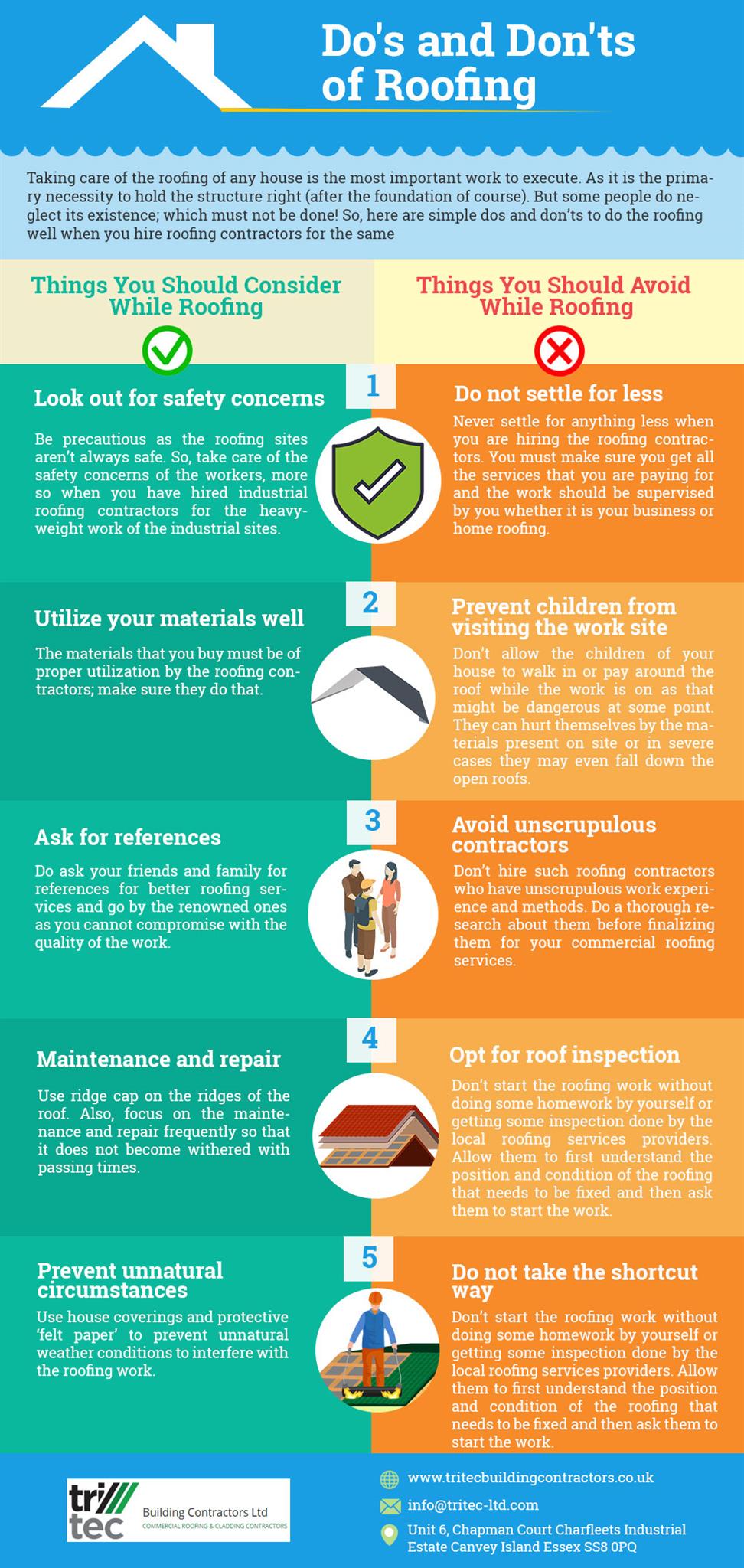Find Out How Various Climate Situations Can Affect Your Roof Covering Installment, Aiding You Achieve A Task Well Done
Find Out How Various Climate Situations Can Affect Your Roof Covering Installment, Aiding You Achieve A Task Well Done
Blog Article
Author-Dam Donnelly
When it pertains to roof covering installations, the weather condition can make or break the work. Envision san antonio roofers of handling products that won't coordinate due to extreme warm or battling unsafe surface areas caused by unexpected rainfall. Recognizing the impact of weather conditions on your roofing task is important for an effective outcome. So, let's check out just how Click On this website can affect the top quality and longevity of your roof covering installation, guaranteeing a work well done.
Influence of Temperature Level on Roofing Installation
When it involves roof covering installation, temperature level plays a vital function in the process. The ideal temperature level for roofing projects commonly drops in between 45 and 85 degrees Fahrenheit. Severe warmth can trigger products like shingles to come to be as well flexible, bring about prospective damages during installment. On the other hand, cool temperature levels can make products breakable and prone to fracturing. It is necessary to schedule roofing setups throughout moderate temperature levels to ensure the most effective outcome.
Throughout cooler weather condition, service providers may need to take added preventative measures such as making use of heated tools or allowing products to heat up prior to installment.
In contrast, hot weather may require job to be done earlier or later on in the day to prevent the peak temperatures. By considering the temperature level and its impacts on roof products, you can assist make sure an effective installment that will certainly hold up against the aspects for several years ahead.
Impact of Precipitation on Roof Projects
Roof covering tasks can be dramatically influenced by rainfall, impacting both the timeline and the high quality of the installation. Rainfall or snow can produce unsafe problems, making it dangerous for roofing professionals to work on a wet surface. In addition, wetness can endanger the attachment of materials like shingles or underlayment, causing potential leakages or problems in the future.
If it rainfalls throughout a roofing task, the water can permeate into at risk areas, causing hold-ups as the installation staff need to wait on the roof to completely dry prior to proceeding. Extreme dampness can additionally advertise the growth of mold and mildew, more jeopardizing the honesty of the roofing.
To avoid these issues, it's recommended to schedule roof covering tasks throughout drier seasons or keep an eye on the weather report carefully to prepare around any type of potential rainstorms. By taking safety measures to work in desirable weather, you can guarantee a smoother and a lot more successful roof covering setup process.
Impact of Wind Speed on Setup Success
During roofing system setup, the rate of the wind plays an important role in identifying the success of the task. High wind rates can posture significant obstacles to roofing professionals, possibly bring about safety and security hazards and quality issues. When wind speeds surpass suggested limitations, it becomes challenging to manage products, raising the danger of mishaps and damages to the roof covering materials. Solid gusts can likewise impact the precision of measurements and the precision required for appropriate installment.
To guarantee an effective roof covering installment, it's necessary to keep an eye on and consider wind rates. Ideally, roof covering installment need to happen on days with low to moderate wind speeds. This not just boosts the safety of the workers but additionally improves the general quality of the installment.
Roof covering jobs arranged throughout calm climate condition are more probable to be finished efficiently and with fewer errors. By taking note of wind rate forecasts and intending appropriately, you can aid make sure a smooth and successful roof covering setup process.
Conclusion
So, when it comes to roofing setup, bear in mind to take into consideration the weather conditions to make certain a successful work. Ideal temperature levels, dry problems, and modest wind speeds are key variables to focus on for a smooth setup process. By arranging your project during the best seasons and suitable weather conditions, you can attain a durable and resilient roof covering that will secure your home for many years ahead.
